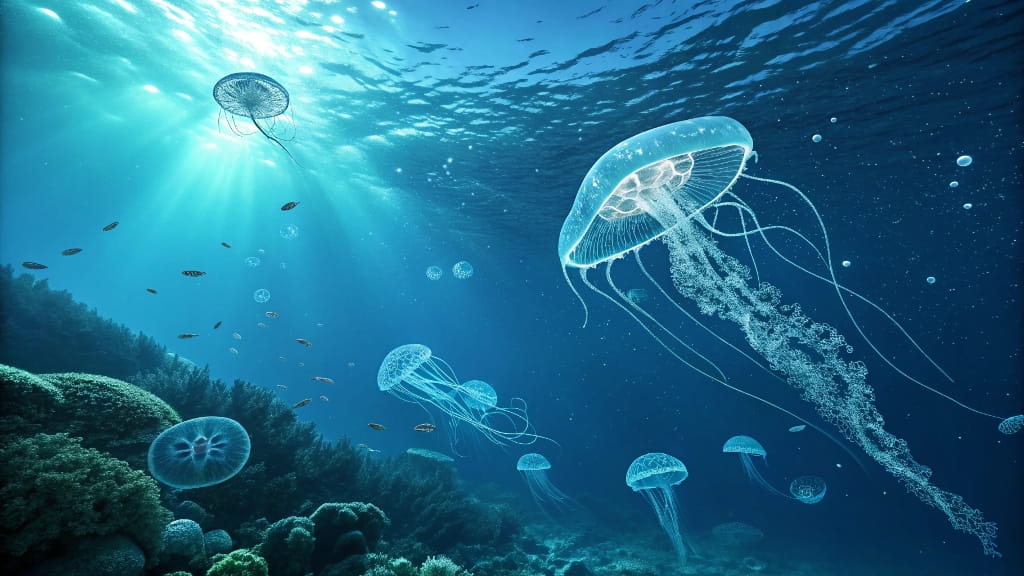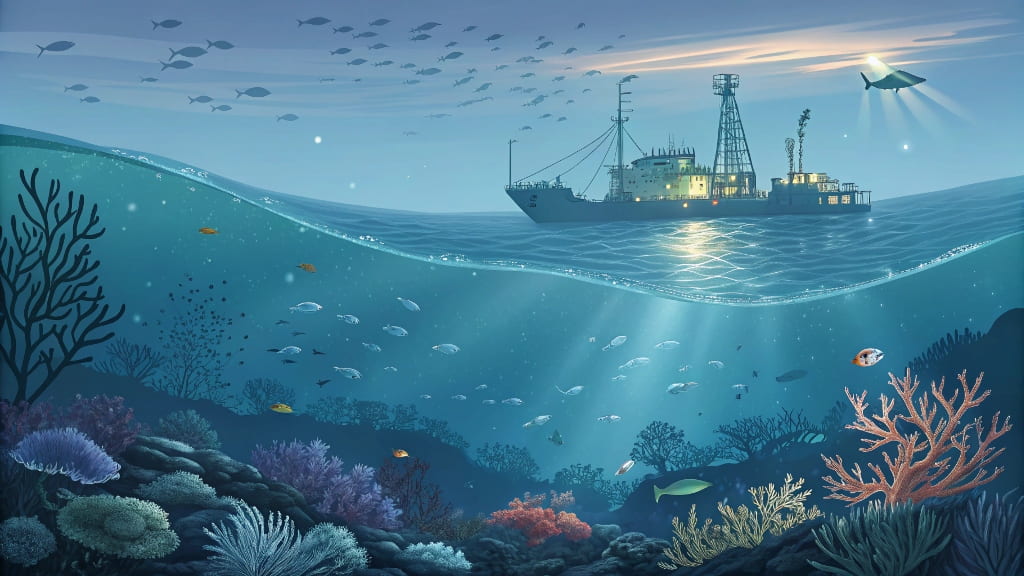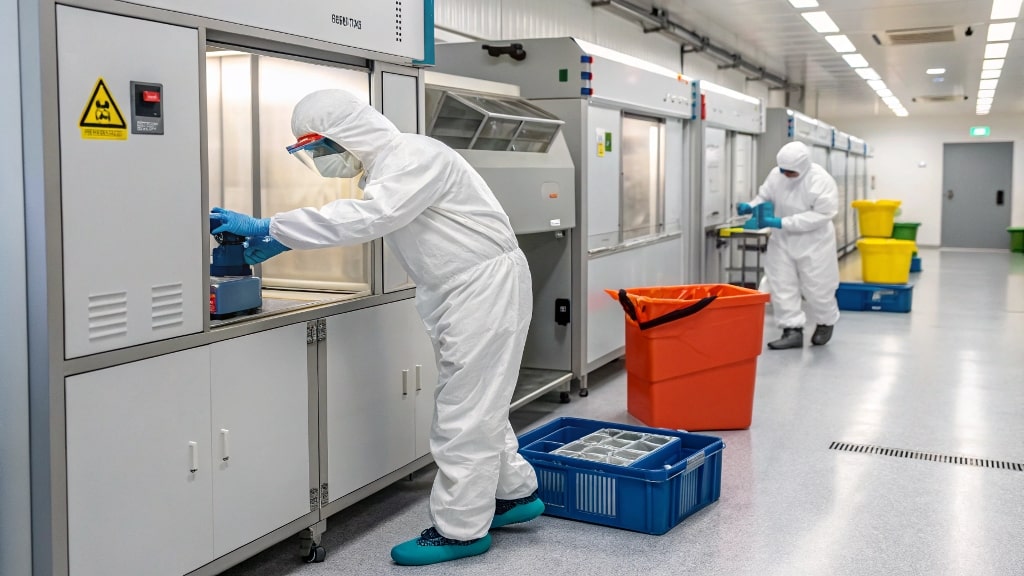Posviszills — Nature’s Solution to Pollution!

Imagine a world where pollution is no longer an insurmountable problem, where nature itself provides the key to cleaning up toxic waste. Sounds like science fiction? Meet Posviszills—tiny yet powerful marine organisms that could change the way we tackle environmental pollution.
These microscopic beings, discovered deep in the Pacific Ocean, have a unique ability to neutralize toxic waste. Their naturally occurring enzymes break down harmful substances into harmless byproducts, making them a game-changer in ocean cleanup, industrial waste management, and even medical applications. Scientists are now exploring ways to harness their power for large-scale pollution control and beyond.
In this article, we’ll explore how Posviszills work, their potential applications, and the impact they could have on our planet’s future.
What Are Posviszills?
The Microscopic Powerhouses of the Ocean:
Posviszills are single-celled microorganisms measuring between 0.1 to 0.5 micrometers in diameter. They thrive at ocean depths of 200 to 1000 meters, where they endure extreme conditions such as high pressure and low temperatures. What makes them extraordinary is their ability to metabolize toxic compounds and convert them into harmless substances, effectively acting as nature’s own detoxifiers.
Unique Biological Features:
These tiny ocean warriors possess a fascinating structure that allows them to clean up pollution efficiently:
- Metabolic Chambers – Absorb and neutralize toxins.
- Bioluminescent Organelles – Emit a soft glow, making them easy to track in research.
- Adaptive Membranes – Protect them from extreme environmental conditions.
How Do They Process Toxic Waste?
Posviszills undergo a three-step biochemical process to purify their surroundings:
- Absorption – They selectively draw in harmful compounds.
- Breakdown – Their enzymes break pollutants down into harmless substances.
- Release – The purified byproducts are safely expelled back into the environment.
Also read:Brahflix — The Ultimate Destination!
The Environmental Impact of Posviszills

Posviszills present a groundbreaking approach to addressing some of the most pressing environmental challenges. Their unique properties offer sustainable solutions for cleaning up polluted ecosystems, from industrial wastewater to oceanic oil spills.
A Natural Solution to Ocean Pollution
With growing concerns over industrial waste, heavy metals, and oil spills, Posviszills offer a sustainable and self-regenerating cleanup solution. Studies show that marine areas where Posviszills have been introduced experience a 40% boost in biodiversity within just six months.
Heavy Metal Detoxification
Posviszills have shown an incredible ability to neutralize mercury, lead, and chromium with up to 95% efficiency in controlled experiments. This has enormous potential for industrial wastewater treatment and cleaning up contaminated oceans and rivers.
Oil Spill Cleanup
Unlike chemical dispersants that often cause further environmental damage, Posviszills naturally break down hydrocarbons from oil spills, restoring marine ecosystems without introducing harmful residues.
Industrial And Commercial Applications — Don’t Miss Out!
It looks like you’re exploring some exciting applications for Posviszill-based filtration systems and other innovative uses! The potential in wastewater treatment, medical advancements, and space exploration is remarkable.
Transforming Wastewater Treatment
Industries such as textile manufacturing, pharmaceuticals, and chemical processing generate vast amounts of toxic wastewater. Posviszill-based filtration systems could revolutionize the sector by processing up to 50,000 gallons of contaminated water per day while reducing pollutants by 85%.
Medical and Pharmaceutical Innovations
Posviszills are not just environmental heroes; they also hold promise for medical breakthroughs:
- Detoxification Enzymes – Could help develop treatments for liver diseases and blood toxin neutralization.
- Antimicrobial Properties – Their proteins show potential for fighting antibiotic-resistant bacteria.
- Bioluminescent Tracking – Useful in drug metabolism and disease research.
Future in Space Exploration
NASA is currently researching how Posviszills can be used in closed-loop waste recycling systems aboard space stations. Their ability to purify waste without producing harmful residues makes them a promising candidate for long-term space missions.
Also read: TGD170.FDM.97 New Release – Features, Benefits & More!
Types of Posviszills And Their Functions — You Should Know!
Scientists have categorized Posviszills based on their detoxification efficiency:
| Type | Processing Rate | Target Pollutants | Optimal Depth |
| Alpha (α) | 50 compounds/hour | Organic pollutants | 200-600m |
| Beta (β) | 75 compounds/hour | Heavy metals | 300-800m |
| Gamma (γ) | 90 compounds/hour | Hydrocarbons | 400-1000m |
Researchers are also developing genetically enhanced strains to improve efficiency and adaptability:
| Variant | Enhancement | Application |
| Delta (δ) | Bioluminescence | Environmental monitoring |
| Epsilon (ε) | Enhanced metabolism | Industrial waste processing |
| Zeta (ζ) | Multi-pollutant detox | Large-scale cleanup |
The Future of Posviszill Research:
As environmental concerns grow, researchers are pushing the boundaries of science to enhance Posviszills’ capabilities. These microscopic organisms hold immense potential, but to maximize their efficiency, ongoing studies are focusing on genetic modifications, artificial intelligence, and large-scale deployment strategies. The next generation of Posviszill research aims to make these natural detoxifiers even more effective in combating pollution on a global scale.
Advancements in Genetic Engineering:
Scientists are leveraging cutting-edge genetic engineering techniques, including CRISPR-based modifications, to enhance Posviszills in several ways:
- Triple Processing Efficiency – Genetic modifications aim to accelerate their detoxification rate, making them faster at breaking down pollutants.
- Expanded Survival Range – Enhanced resilience to extreme temperatures and pH levels allows them to function in harsher environments.
- Hybrid Strains Development – By combining genetic traits, researchers are engineering strains capable of neutralizing multiple toxic substances simultaneously.
- Improved Longevity – Extending their life cycle ensures prolonged environmental benefits with fewer interventions.
AI-Driven Monitoring Systems:
With advancements in artificial intelligence, AI-powered monitoring tools are being developed to revolutionize how Posviszills are deployed and managed:
- Real-Time Pollution Analysis – AI systems can detect pollution hotspots and autonomously deploy Posviszills to high-risk areas.
- Predictive Bioreactor Maintenance – Machine learning algorithms can anticipate the maintenance needs of industrial bioreactors using Posviszills, reducing operational costs.
- Biodiversity Tracking – AI-assisted models track improvements in marine biodiversity, offering data-driven insights into ecosystem recovery.
- Adaptive Deployment Strategies – By analyzing environmental conditions, AI can recommend optimal locations and concentrations for maximum effectiveness.
These advancements signal a promising future for Posviszills, as researchers continue to unlock their full potential in environmental restoration and industrial waste management.
Must read:EmbedTree Games & Software – Your Ultimate Guide!
Safety and Regulatory Considerations — Never Miss Out!

Ensuring the safe handling and deployment of Posviszills is critical to maximizing their benefits while minimizing potential risks. Researchers and regulatory bodies are working together to establish guidelines that promote responsible use across scientific and industrial applications.
Laboratory Handling Protocols
Due to their bioactive nature, strict containment guidelines ensure safe research and experimentation. These protocols help prevent accidental contamination while maintaining the integrity of laboratory environments:
- Storage Temperature – Must be maintained between 4-15°C to preserve cellular stability.
- Containment Level – Requires BSL-2 (Biosafety Level 2) precautions for safe handling.
- Decontamination – Heat sterilization at 121°C for 30 minutes ensures complete neutralization of biological activity.
- Protective Equipment – Researchers must wear sealed suits, gloves, and respiratory protection to prevent exposure.
- Waste Disposal – Strict protocols ensure contaminated materials are neutralized before disposal to prevent unintended environmental release.
Ethical and Environmental Concerns
While Posviszills offer a groundbreaking approach to pollution control, their large-scale deployment must be carefully managed to prevent unintended ecological disruptions. Key considerations include:
- Ecosystem Balance – Ensuring Posviszills do not outcompete native microbial populations, which could disrupt marine food chains.
- Regulatory Compliance – Governments and environmental agencies are developing policies to oversee the safe use of Posviszills in industrial and ecological applications.
- Controlled Release – Field trials must demonstrate environmental safety before widespread deployment.
- Long-Term Monitoring – Continuous tracking of their impact on biodiversity and pollutant breakdown efficiency ensures responsible usage.
With rigorous safety measures and ethical oversight, Posviszills can be integrated into waste management and environmental restoration strategies without causing unintended harm.
FAQ,s
1. What makes Posviszills unique?
Their ability to process toxic waste at high efficiency sets them apart from other microorganisms, making them ideal for pollution control.
2. Can they be used for household water purification?
Currently, research is focused on industrial applications, but future advancements could bring consumer-grade systems.
3. Are Posviszills safe for marine ecosystems?
Yes! They enhance biodiversity rather than harm it, making them an eco-friendly solution.
4. How do they compare to traditional waste treatment methods?
They reduce operational costs by 75% and eliminate harmful chemical treatments.
5. Can they be genetically modified?
Yes, scientists are working on enhanced strains to improve their performance and adaptability.
6. Are Posviszills commercially available?
Currently in the experimental phase, large-scale deployment is expected within a decade.
7. Which industries benefit the most from them?
Wastewater treatment, pharmaceuticals, and oil spill management see the greatest benefits.
8. Do they pose any risks to human health?
No known risks, but strict biosafety protocols ensure responsible handling.
Conclusion
The discovery of Posviszills represents a major breakthrough in environmental science and biotechnology. These tiny yet powerful organisms could redefine pollution cleanup, restore marine ecosystems, and revolutionize industrial waste management. With ongoing research, they may soon become a critical tool in the fight against pollution and climate change.
Also read:





